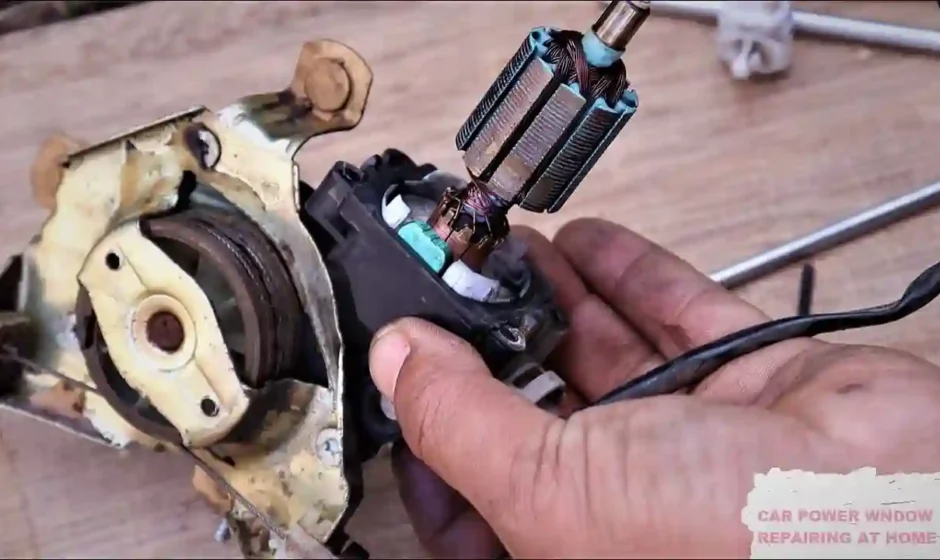As technology continues to advance at an unprecedented rate, every aspect of our daily lives is impacted, including the automotive industry. While some innovations are readily apparent in the form of advanced infotainment systems and autonomous driving features, others are hidden behind the scenes, quietly improving our driving experience. One such innovation is window motor technology. In this article, we will explore the future of window motor technology, the latest innovations, and the potential advancements that await us.
The Evolution of Window Motor Technology
Window motors are an essential component of power windows in modern vehicles. These motors are responsible for raising and lowering the windows with ease, providing convenience, comfort, and safety for both drivers and passengers. Over the years, window motor technology has evolved significantly, offering improved performance, efficiency, and durability.
Current State of Window Motor Technology
As of the latest developments in automotive technology (up to my knowledge cutoff in January 2022), the following key features and advancements characterize the current state of window motor technology:
- Brushless Motors: Many modern window motors use brushless technology, which reduces wear and tear, increases efficiency, and extends the motor’s lifespan.
- Precision Control: Advanced control systems allow for precise and quiet window operation, contributing to a smoother and more enjoyable driving experience.
- Safety Features: Window motors are equipped with safety features such as anti-pinch technology, which automatically stops the window if it encounters an obstruction, preventing injuries and damage.
- Integration with Vehicle Networks: Window motors are integrated into the vehicle’s network, enabling communication with other systems for enhanced functionality and automation.
- Energy Efficiency: Improved efficiency means that window motors consume less power while delivering reliable performance, contributing to fuel efficiency in the vehicle.
The Future of Window Motor Technology
While window motor technology has come a long way, there is still room for innovation and improvement. Here are some of the developments we can expect in the future of window motor technology:
1. Smart Windows:
- The integration of smart window technology is on the horizon. These windows can change their transparency or tint level electronically, providing numerous benefits such as privacy, UV protection, glare reduction, and enhanced security.
- Smart windows can be controlled manually or automatically, adjusting tint levels based on factors like sunlight intensity, vehicle speed, or user preferences.
2. Energy Harvesting:
- Future window motors may incorporate energy harvesting technology, where the movement of the window is used to generate electricity. This harvested energy could be utilized to power other vehicle systems or stored for later use.
3. Enhanced Automation:
- As vehicles become more autonomous, window motor technology will play a role in automated features. Windows may automatically adjust their tint levels to optimize visibility or comfort based on driving conditions.
- Integration with advanced driver-assistance systems (ADAS) may allow windows to respond to environmental cues, such as bright headlights or glare, to improve safety.
4. Noise Reduction:
- Innovations in window motor design and materials may result in even quieter window operation. Reduced noise levels contribute to a more comfortable and enjoyable driving experience.
5. Durability and Reliability:
- Future window motors are likely to be even more durable and reliable, with improved materials and manufacturing processes. This will reduce the need for maintenance and replacement.
6. Sustainable Materials:
- Automakers are increasingly focusing on sustainability. Future window motor technology may incorporate eco-friendly materials and manufacturing processes, aligning with the industry’s sustainability goals.
7. Integration with Connectivity:
- Window motors may be further integrated into the vehicle’s connectivity systems. This could allow users to control window operations remotely through mobile apps or voice commands.
- Integration with navigation systems could automatically adjust window settings based on GPS location and environmental conditions.
8. Enhanced Safety Features:
- Window motors could play a role in advanced safety systems. For example, they might be integrated into rollover detection systems that automatically close windows and sunroofs to protect occupants in the event of a rollover accident.
Conclusion
The future of window motor technology holds exciting possibilities for enhancing the driving experience and vehicle functionality. From smart windows to energy harvesting, enhanced automation, noise reduction, and sustainability, the evolution of window motor technology is poised to make our vehicles more comfortable, efficient, and user-friendly.
As automotive technology continues to advance, window motor innovations will play a significant role in shaping the vehicles of tomorrow. Whether it’s for convenience, safety, or sustainability, the future of window motor technology promises to provide drivers and passengers with a more enjoyable and efficient journey on the road. Keep an eye out for these developments as they unfold, ultimately contributing to the continued evolution of the automotive industry.


